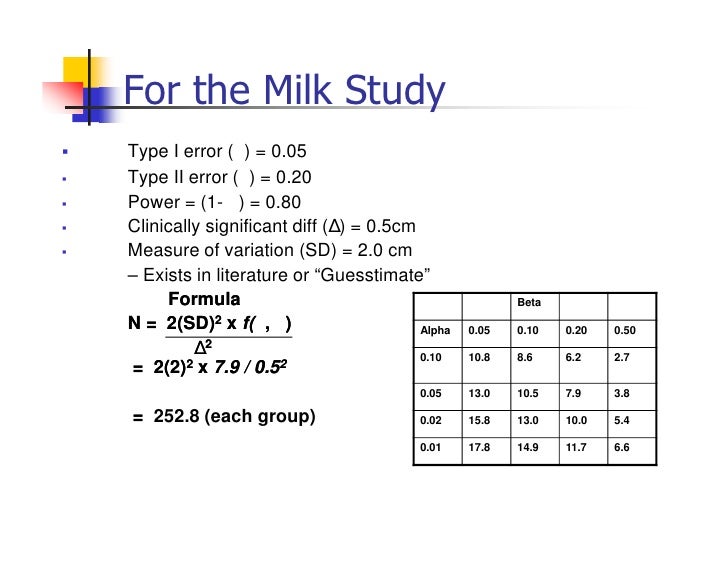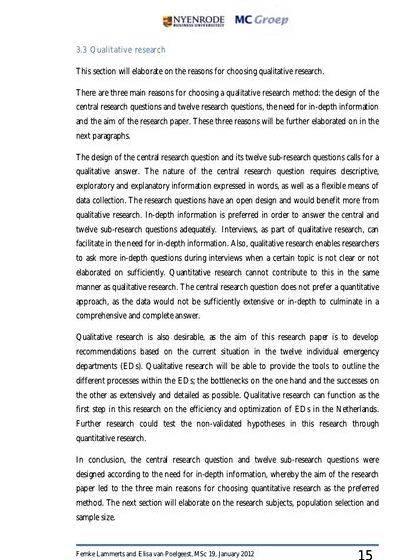
Mixed-effects models likely require more N to characterize random effects than simpler models evaluated here. Similar to mixed-effects regressions that represent fixed and random effects, recent meta-regression methods can include proxies for variation among individuals as random effects in mixed-effects models, where the example N = 15 (above) represents the fixed effects. A regression computed with those aggregated data is called a meta-regression, and bears the same fundamental principles and assumptions as for a regression of the island diversity data.Īdvanced regression methods may also apply to both scenarios. Analyses may represent tens of thousands of surveyed individuals, but N = 15 for meta-analysis of the aggregated data. Consider a meta-analysis of 15 observational studies on a link between diet and cancer risk. A similar problem occurs where data are aggregated, as in meta-analyses, systematic or quantitative reviews, and meta-regressions to evaluate general patterns across multiple studies (e.g., ). For example, it is difficult to collect data on species diversity among multiple islands with different areas. In fact, it remains vital because multiple disciplines use data that are hard to acquire and/or aggregated. In an era of big data, this may seem to be a former problem. To bend over backwards in that limbo dance is difficult, as is the process to clearly identify a minimum N needed for a study. Researchers should then also find how low they can go in N, as in the second limbo definition above. But more samples require more effort, cost, and bodily risk (e.g., in field research). Limbo (noun): (1) A place or state of neglect, oblivion, or uncertainty (2) A dance or contest that involves bending over backwards to pass under a low horizontal barĪll researchers seek to avoid their work being cast into the first definition of limbo, often by increasing sample size ( N) and by applying increasingly sophisticated analytical techniques.

To avoid those problems, we recommend that research based on regressions or meta-regressions use N ≥ 25. Insufficient N and R 2-based model selection apparently contribute to confusion and low reproducibility in various disciplines. Alternative models are better compared using information theory indices such as AIC but not R 2 or adjusted R 2. We conclude that a minimum N = 8 is informative given very little variance, but minimum N ≥ 25 is required for more variance. null) R 2 or adjusted R 2 values were not useful. Akaike Information Criterion weights (AICc w i) were essential to clearly identify patterns (e.g., simple linear vs. Those outcomes were consistent at different effect sizes. With high variance, accurate inference was stable at N ≥ 25. With very low variance, both false positives and false negatives occurred at N < 8, but data shape was always clearly identified at N ≥ 8. We also evaluate the use of coefficient of determination (R 2) for this purpose it is widely used but not recommended.

We then sample and use information theoretic model selection to evaluate minimum N for regression models. Here we make null, simple linear and quadratic data with different variances and effect sizes. What is the minimum N to identify the most plausible data pattern using regressions? Statistical power analysis is often used to answer that question, but it has its own problems and logically should follow model selection to first identify the most plausible model. However, many biological and medical analyses use relatively low sample size ( N), contributing to concerns on reproducibility. Regressions and meta-regressions are widely used to estimate patterns and effect sizes in various disciplines.


 0 kommentar(er)
0 kommentar(er)
